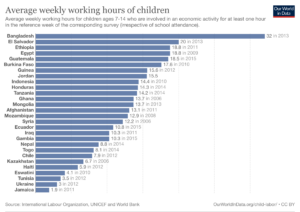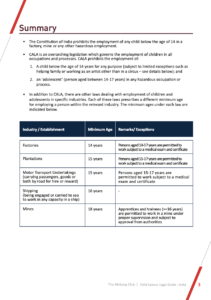Child Slavery: Definitions & Tools for Understanding This Global Crime
Children make up around 25% of victims of modern-day slavery, with millions of children being forced to work in global supply chains daily. Addressing forced, and child labour is a key priority area for many companies, who make public commitments to a zero-tolerance approach and point to programmes to eradicate child labour across their supply chains.

However, as with much terminology in the modern slavery space, there are conflicting perceptions of what constitutes exploitation of children and subsequent challenges posed in implementing child labour policies globally. For example, there are different ways to classify the terms ‘labour’ and ‘child’ depending on local context, which can lead to confusion and misconceptions about the risk of exploitation. Anti-slavery International provides the following useful breakdown of common terms that provide some further clarity on the spectrum of this issue:
- Child work. Some types of work positively contribute to a child’s development, helping them learn useful skills. Often, this work is also a vital source of income for their families.
- Child labour. Child labour is not slavery but nevertheless hinders children’s education and development. Child labour tends to be undertaken when the child is in the care of their parents.
- Worst forms of child labour.“Hazardous work” is the worst form of child labour. It irreversibly damages children’s health and development through, for example, exposure to dangerous machinery or toxic substances, and may even endanger their lives.
- Child slavery. Child slavery is the enforced exploitation of a child for someone else’s gain, meaning the child will have no way to leave the situation or person exploiting them.
- Child trafficking. Trafficking involves transporting, recruiting or harbouring people for the purpose of exploitation, using violence, threats or coercion. When children are trafficked, no violence, deception or coercion needs to be involved; trafficking is merely the act of transporting or harbouring them for exploitative work.
“Universally agreed and legally binding rights of the child are enshrined by the UN. Yet, while international standards are clear the reality in countries is too often different.” Cindy Berman, ETI
Where is Child Slavery & Child Trafficking Found?
Sadly, the exploitation of children in this way impacts many different industries worldwide. According to UNICEF, it is expected that Covid-19 may further exacerbate this prevalence as more people are pushed into poverty and find themselves in increasingly desperate circumstances.
Some useful resources to assist with mapping the risk of child exploitation within supply chains include:
Mekong Club Modern Slavery Risk Map
This map brings together a range of public modern slavery data sources into one place as an interactive tool that can be searched by country and/or commodity. It includes data taken from the Department of Labour’s List of Goods Produced by Child or Forced Labour. Select the commodity you are interested in understanding more about and read the ‘Commodity Report’ to learn about child labour in each industry.

Source: Mekong Club Modern Slavery Risk Map (Commodity Report)
This website has many different maps and charts showing different child trafficking and labour datasets. You can see the average hours worked by children on a country level or the breakdown of child labour cases by age and whether they go to school in addition to working.

Source: Our World in Data (World Bank Dataset)
How can I understand the legal framework?
The Mekong Club has recently launched a new tool, the ‘Child Labour Law Toolkit’. This tool is available on our toolkits page for all Mekong Club members.
The tool outlines key information that companies need to know related to child labour in key sourcing locations. You are able to select the country that you are interested in learning about, to access the following information:
- Legal framework and relevant laws related to child labour
- How businesses are affected by these laws
- Requirements on businesses in order to be compliant
- Penalties for non-compliance
- Notable prosecutions

A snapshot from the Toolkit (for sourcing in India)
If you wish to access this tool or learn more about membership, contact [email protected].
About The Mekong Club
The Mekong Club works with the private sector to bring about sustainable practices against modern slavery across the globe. Companies can join the Mekong Club as members to enjoy a range of benefits, anti-slavery tools, resources, and consultations. We have created a community of like-minded peers across different industries, working together to address modern slavery. Through these efforts, our mission is to inspire and engage the private sector to work together towards creating a slave-free world.
Author: Phoebe Ewen

